
water crisis
in the blockaded enclave. (Photo: MEMO)" width="371" height="247" /> The recent Israeli war on the Gaza Strip exacerbated the water crisis in the blockaded enclave. (Photo: MEMO)Gaza City, 9 Dzulhijjah 1435/3 October 2014 (MINA) – The recent Israeli war on the Gaza Strip exacerbated the water crisis in the area as a result of the power outages, and the destruction of wells and infrastructure following the shelling.
The only power plant in the Strip stopped working after Israeli aircrafts targeted its fuel tank, leaving Gaza dependent on energy it imports from Israel and Egypt. This has led to water shortages in most areas, Middle East Monitor (MEMO) quoted by Mi’raj Islamic News Agency (MINA) as reporting, Friday.
In remarks to the Anadolu news agency, Munther Shiblaq, director of the Coastal Municipalities Water Utility (CMWU) which is responsible for providing water to the residents of the Strip, said there are many homes which are not receiving water supplies due to the long power outages.
Shiblaq explained: “The power outages in the Gaza Strip will cause an environmental and water catastrophe.” He urged the international community “to intervene urgently to resolve the crisis once and for all”.
Also Read: Gaza Health Ministry Reports Over 69,000 Killed Since Start of Conflict
He said the Israeli war aggravated the water and sanitation crisis in Gaza, pointing out that the damage to the sector amounted to $34 million following the war.
During the Israeli assault on the Gaza Strip which it called “Operation Protective Edge”, the occupation’s forces targeting 11 water reservoirs and 26 wells, in addition to the three desalination plants and dozens of sewer lines.
“During and after the war, we were forced to discharge wastewater directly into the sea without treatment. What will happen in the Strip is a major health catastrophe,” Shiblaq warned.
He said 95 per cent of the groundwater in the Gaza Strip is undrinkable, in addition to the presence of a large deficit in the quantities found, indicating that the sector has no water sources, and that international support is needed for projects to build desalination plants after the Israeli war.
Also Read: Israeli Occupation Military Kidnaps 32 Palestinians in Major West Bank Operations
According to the study published by CMWU in December 2013, the Gaza Strip suffers from a water crisis which gets quantitatively and qualitatively more severely every year. The water levels in the wells have dropped to more than 12 metres below sea level.
Over the past seven years, since the Israeli siege on the Strip, the approximately 1.9 million residents of Gaza have lived according to a schedule of daily power cuts which last eight-hours. However, since the Israeli assault on July 7, there have been power cuts of more than 12 hours every day.
The Gaza Strip requires 360 megawatts of power to meet the needs of its population; however it only has approximately 200 megawatts.
On July 7, Israel launched a war on Gaza that lasted 51 days and killed 2,148 Palestinians and injured more than 11,000 others, according to Palestinian medical sources. The war destroyed approximately 9,000 houses completely and 8,000 partially, according to the Ministry of Public Works and Housing.
Also Read: Israeli Army Strikes Six Palestinians in Southern Gaza Amid Ongoing Tensions
Some 67 Israeli soldiers were killed during the Israeli aggression, along with four Israeli civilians and one foreign worker, according to data from an Israeli official. Some 2,522 Israelis, including 740 soldiers, received treatment during the war, according to the Soroka Medical Centre and the Barzilai Medical Centre.
The two sides reached a long-term ceasefire on August 26.
Since the Hamas movement, which Israel considers a “terrorist organisation”, won the Palestinian legislative elections in January 2006, Israel has imposing a land and sea blockade on Gaza, tightened it after the group took control of the sector in June 2007. The siege continued despite Hamas relinquishing control following the formation of the Palestinian unity government in June of this year.
(T/P3/R01)
Also Read: Israeli Forces Continue Demolitions and Strikes in Gaza Despite Ceasefire
Mi’raj Islamic News Agency (MINA)
cheap hermes
prada handbag
cheap jordan shoes
alviero martini 1a classe
prada wallet
prada bag
cheap prada
scarpe timberland
prada sunglasses
Also Read: Hamas Returns Remains of Another Israeli Hostage Under Gaza Ceasefire Deal





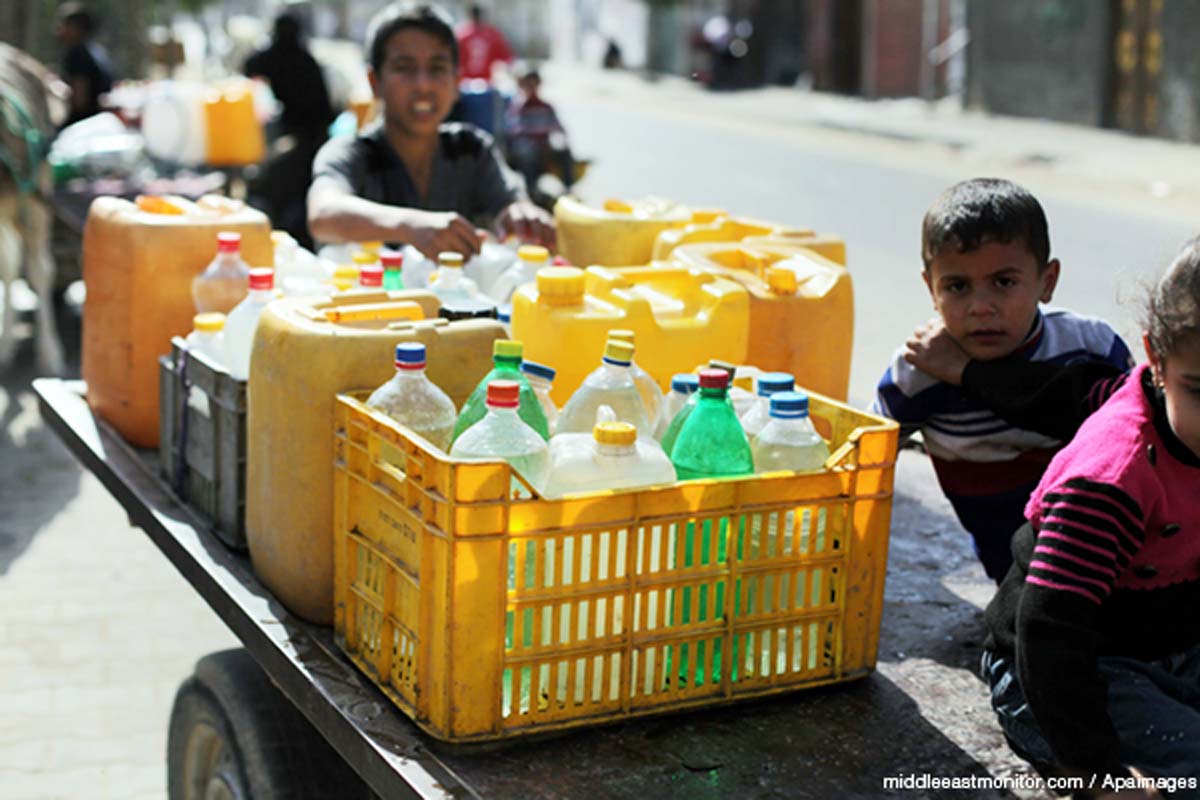





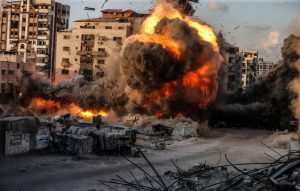
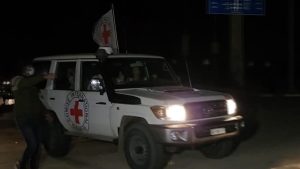

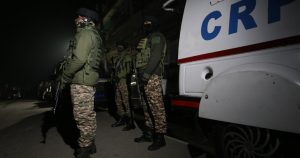

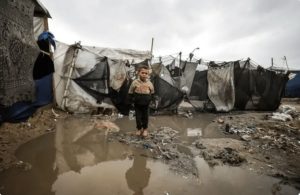
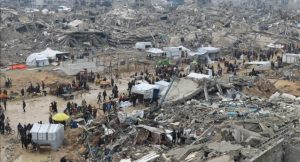

















 Mina Indonesia
Mina Indonesia Mina Arabic
Mina Arabic